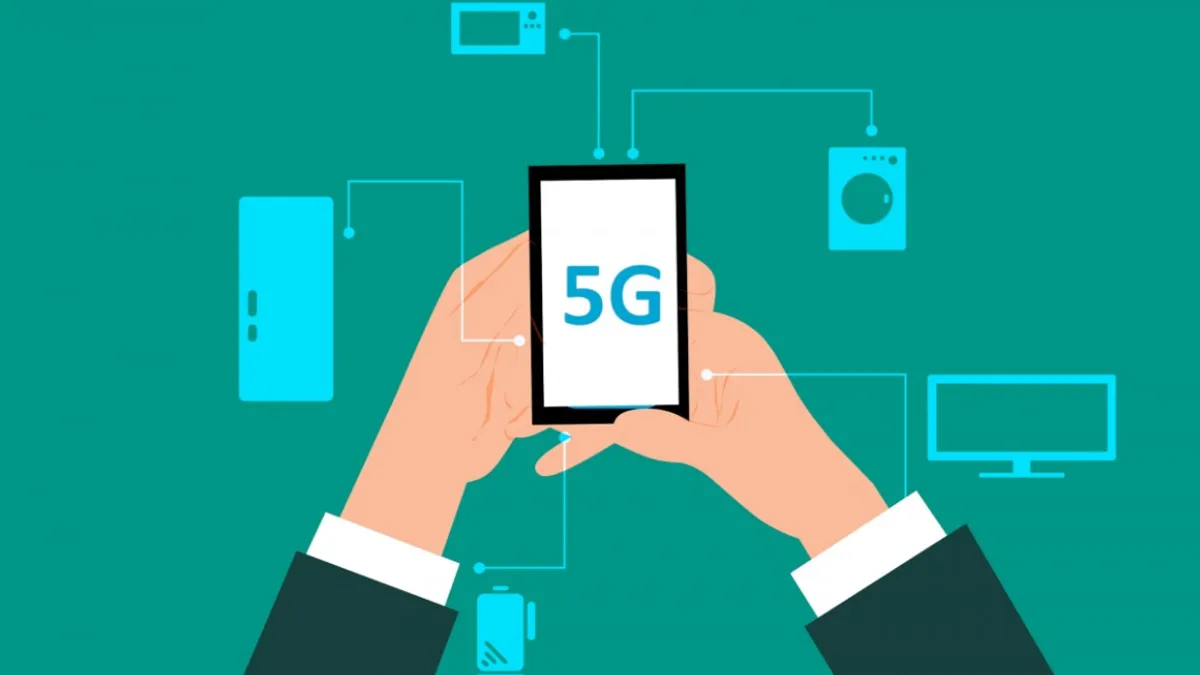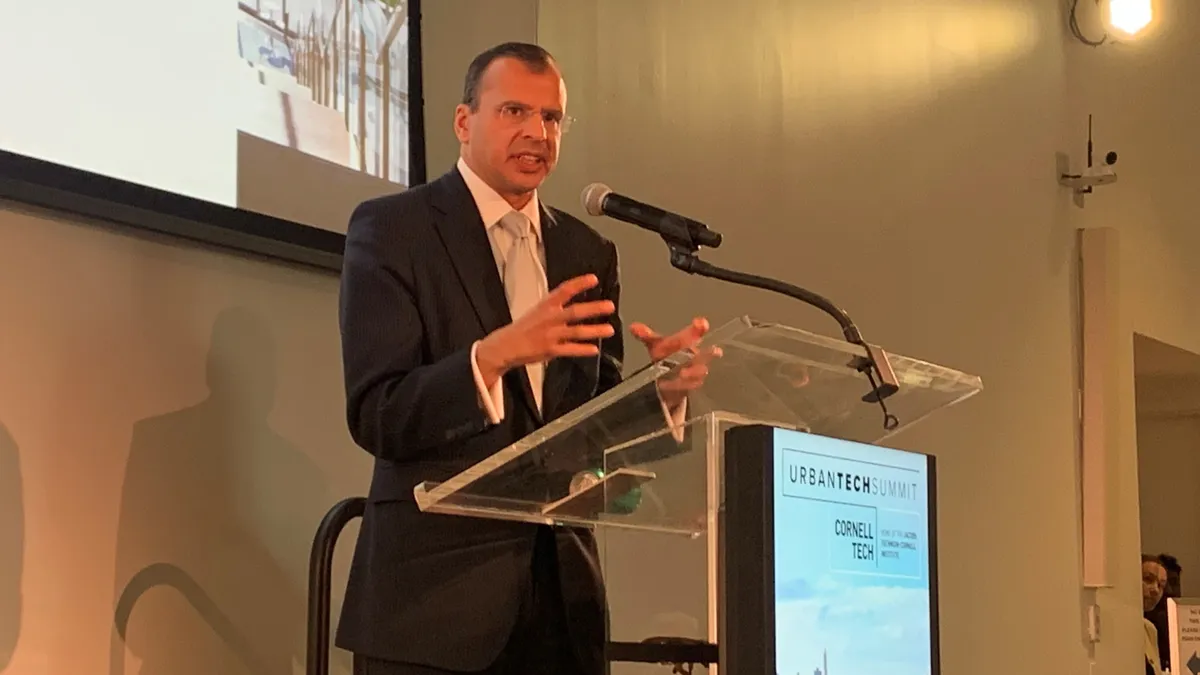Editor's Note: The following is a guest post from Marc Vancoppenolle, Global Head of Nokia Government Relations.
We have all heard about the benefits the Fourth Industrial Revolution, or Industry 4.0, will bring. From revolutionizing existing industries and creating new ones to delivering a new productivity jump and creating more efficiencies, our economy is sure to receive a boost. Meanwhile, on the societal front, the Fourth Industrial Revolution promises to bring advancement in our standard of living by making our life better, safer, healthier, and freeing up more time.
But this will not happen overnight – well-crafted policies are needed. Governments and policymakers can do a lot to facilitate the deployment of modern telecom infrastructure that’s able to respond to the connectivity needs of the Fourth Industrial Revolution. The capacity, speed and low latency that 5G networks will bring enables a wealth of new use cases like autonomous cars, remote surgery or live virtual reality streaming requires.
In high-traffic areas, such as city centers, networks will become much denser to provide excellent customer experience. Providing huge bandwidth and capacity also requires more and smaller antennas, often called small cells. Ideally, outdoor small cells will be placed on public buildings or publicly owned city infrastructure. Therefore, opening up access to physical real estate for 5G infrastructure is critical.
Smooth deployment of small cells has, however, proven difficult in many geographies, as unpractical regulations often stand in the way of granting easy access to sites for small cells in a timely manner – and at a reasonable cost. National, regional and local administrative rules are often not uniform, translating into a plethora of required forms and authorizations, time-consuming procedures, and multiple approvals from various authorities.
On the one hand, operators must submit requests to install small cells. On the other hand, authorities must process those requests and possibly follow up contentious situations. With increasing small cell deployment demands, the work volume increases. This can cause delays in administrative approvals, and, consequently, in rolling out networks. As such, consistency, simplicity, harmonization and replicability are principles that should be pursued in revising deployment rules. In addition, unreasonable fees associated with the granting of the permits should be avoided.
Good progress has recently been achieved in the U.S. and Europe in modernizing rules to facilitate and incentivize the small cells’ deployment. Those initiatives can serve as best practices for other geographies, which are adapting to regulation conceived 20 years ago with a macro architecture in mind.
In the U.S., the most recent actions from the Federal Communications Commission (FCC) were to create national guidelines for what are reasonable, local regulations of small cells to smooth the disparities among local jurisdictions. The FCC recently adopted an order that seeks to significantly ease the siting of wireless infrastructure at the state and local levels by providing direction to state and local governments regarding permissible timelines, fees, and other regulations for processing applications to install wireless infrastructure. Estimates of expected regulatory costs savings range from $2 billion to $4 billion.
In Europe, small cell legislation has extensively been discussed at the European Commission level to ensure that best practices and recommendations are adopted and promoted by European member states. The new European telecom framework (the Code) has provisions aiming at a harmonized deployment of small cells in European countries. The Code provides an umbrella definition of small cells and the exemption from any individual prior planning permit for the deployment of small cells, if they meet specific characteristics, such as maximum size, weight, and – where appropriate – emission power.
5G is a combination of wireless and fixed network technologies, and 5G networks will require a massive growth of fiber to connect network elements and small cells. Regulators need to look at measures to reduce the cost of laying fiber networks with this, as well. Civil engineering, including the digging-up of roads and in-house cabling, account for up to 80 percent of the cost of deployment. To reduce those costs, for example, the “Broadband Cost Reduction Directive” in Europe aims at incentivizing cooperation, infrastructure sharing and synergies across utility sectors (energy, water, transport, etc.) to create more efficient and cost-effective deployments of new fiber networks.
As 5G networks are to be deployed in the coming months and years across geographies, it is critical that unreasonable practices do not stand in the way and delay users from benefiting from 5G. Policymakers around the globe should continue to assess current policy and regulatory practices and implement appropriate reforms to prevent hindering those deployments.
















